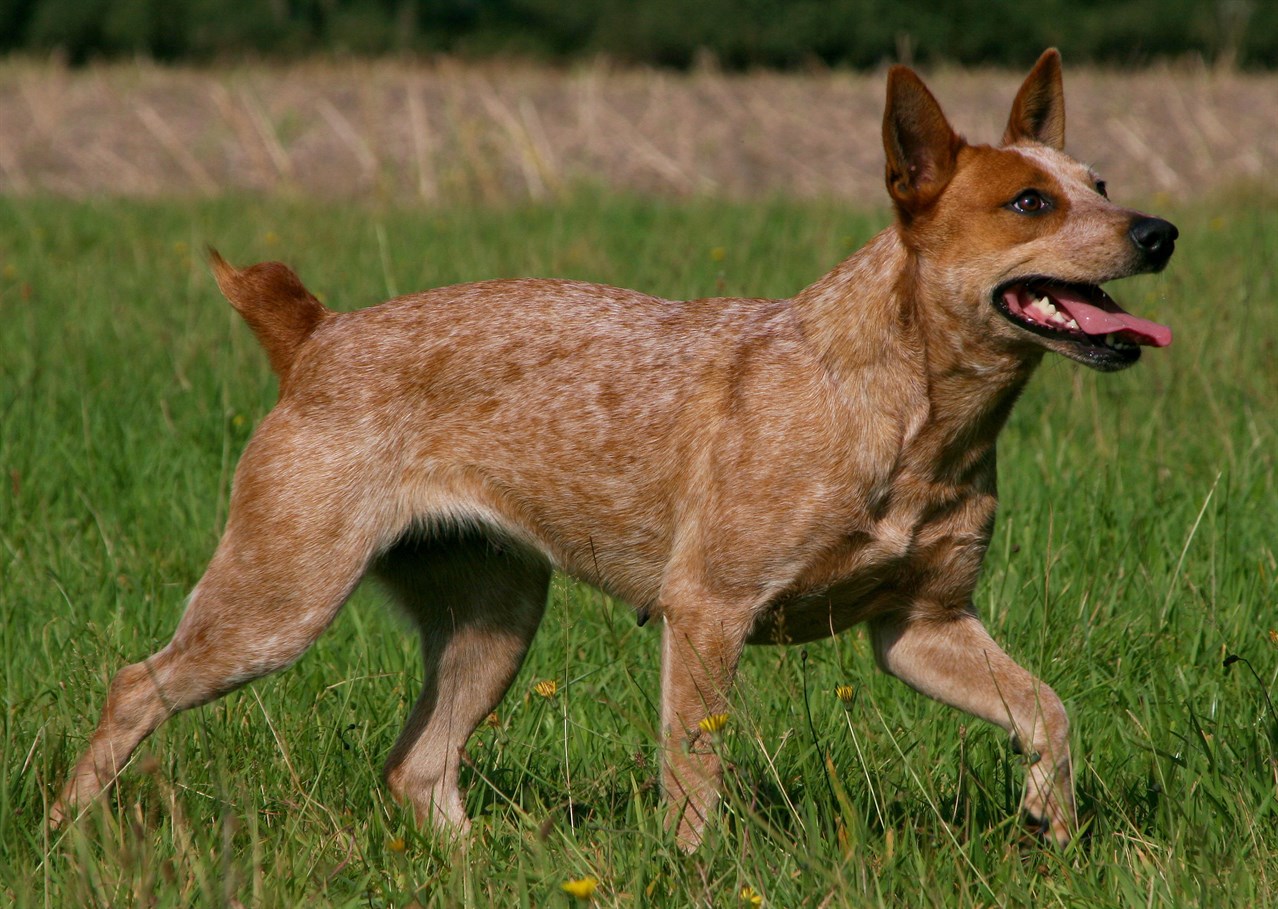Barking Habits of the Australian Stumpy Tail Cattle Dog

The Australian Stumpy Tail Cattle Dog, known for its herding prowess and alert nature, can exhibit specific barking habits that stem from its history and temperament. Understanding their barking tendencies can help owners manage and address this behavior effectively.
Alert and Protective
Stumpy Tail Cattle Dogs are naturally alert and protective, making them excellent watchdogs. When they sense something unusual or unfamiliar in their environment, they are quick to bark as a form of warning. This innate protective instinct makes them dependable guard dogs and loyal protectors of their families.
Communication
Barking is a form of communication for Stumpy Tail Cattle Dogs. They may bark to convey various messages, such as excitement, frustration, or the need for attention. When they want to play, they might bark enthusiastically, while frustration or boredom can lead to more persistent barking.
Herding Instinct
Their herding instinct can also contribute to their barking habits. When Stumpy Tails are working livestock or herding, they use their bark to communicate and direct the animals. This instinctual behavior can carry over into the home environment, where they may try to "herd" family members or other pets by barking.
Training and Socialization
Proper training and socialization can help manage excessive barking in Stumpy Tail Cattle Dogs. Early training can teach them when it's appropriate to bark and when to remain quiet. Socialization experiences can reduce anxiety or fear-based barking in unfamiliar situations.
Exercise and Mental Stimulation
Stumpy Tails are high-energy dogs, and boredom can lead to excessive barking. Providing them with ample physical exercise and mental stimulation can help alleviate this issue. A tired Stumpy Tail is less likely to engage in nuisance barking.
Environmental Factors
External stimuli like loud noises, strangers approaching the property, or other animals can trigger barking in Stumpy Tail Cattle Dogs. They may bark to alert their owners to potential threats or changes in their surroundings.
Positive Reinforcement
Training methods that incorporate positive reinforcement can be effective in reducing excessive barking. Rewarding your Stumpy Tail when they remain calm and quiet in response to various stimuli can help reinforce desired behavior.
Managing Barking
To manage barking habits in Australian Stumpy Tail Cattle Dogs, consider the following:
- Training: Consistent obedience training can teach your dog commands like "quiet" or "enough." Use positive reinforcement to reward them for quiet behavior.
- Exercise: Ensure your Stumpy Tail receives enough physical exercise and mental stimulation to prevent boredom-induced barking.
- Socialization: Expose your dog to various people, animals, and environments to reduce anxiety-related barking.
- Environmental Management: Address environmental triggers that may prompt barking. For example, use curtains or blinds to reduce visual stimuli from outside.
- Professional Help: If excessive barking persists despite your efforts, consider seeking advice from a professional dog trainer or behaviorist who specializes in barking issues.
In summary, Australian Stumpy Tail Cattle Dogs have barking tendencies influenced by their protective nature, herding instincts, and communication needs. With proper training, socialization, and environmental management, their barking can be controlled and directed in a way that benefits both the dog and its owner.
Australian Stumpy Tail Cattle Dog puppies for sale
- Find Australian Stumpy Tail Cattle Dog puppies for sale in ACT
- Find Australian Stumpy Tail Cattle Dog puppies for sale in NSW
- Find Australian Stumpy Tail Cattle Dog puppies for sale in NT
- Find Australian Stumpy Tail Cattle Dog puppies for sale in QLD
- Find Australian Stumpy Tail Cattle Dog puppies for sale in SA
- Find Australian Stumpy Tail Cattle Dog puppies for sale in TAS
- Find Australian Stumpy Tail Cattle Dog puppies for sale in VIC
- Find Australian Stumpy Tail Cattle Dog puppies for sale in WA